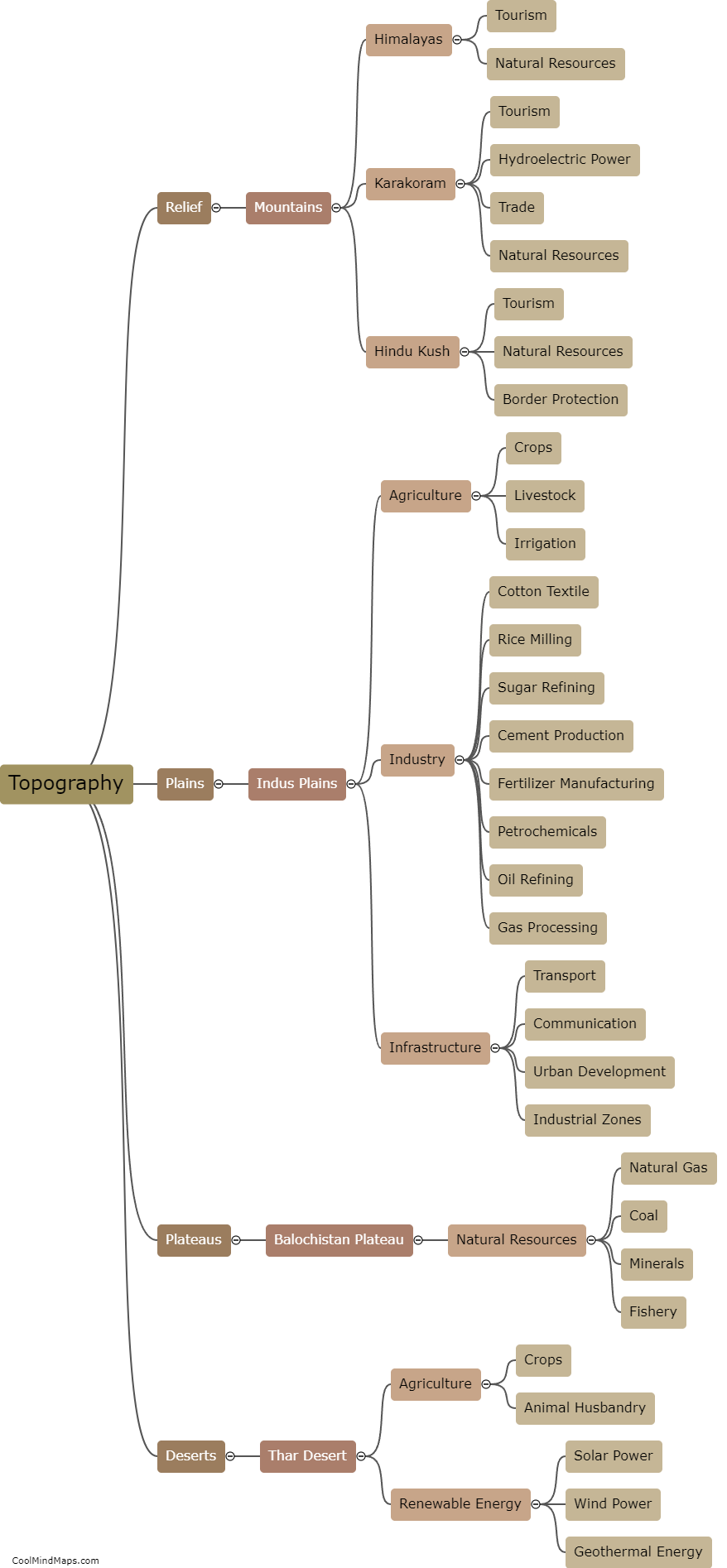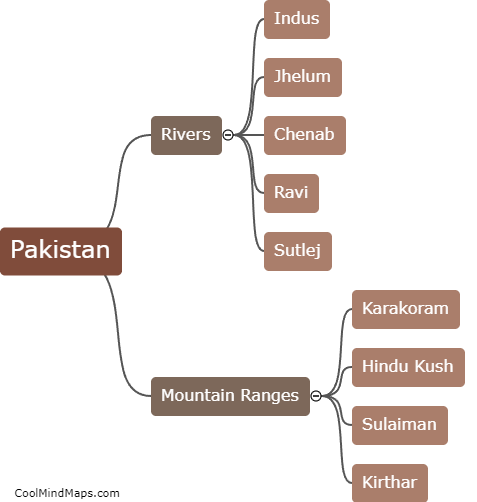How does natural topography impact the economy of Pakistan?
The natural topography of Pakistan has a significant impact on its economy. The country's diverse landscape, which includes mountains, plateaus, and plains, presents both challenges and opportunities for various economic activities. The mountainous regions, such as the Himalayas in the north, provide ideal conditions for tourism and adventure sports, attracting domestic and international visitors and generating revenue. Additionally, these areas are rich in natural resources such as minerals and water, which contribute to Pakistan's mining and hydropower industries. However, the rugged terrain can also hinder transportation and infrastructure development, making it more expensive and time-consuming to connect remote areas and port cities. Moreover, the fertile plains and river valleys of the Indus Basin offer agricultural potential, supporting the country's vital agri-based economy. However, their vulnerability to floods and irrigation challenges require careful management for sustainable agriculture and food security. Overall, the natural topography of Pakistan plays a vital role in shaping its economic sectors, requiring strategic planning and resource management to maximize opportunities and mitigate challenges.

This mind map was published on 16 August 2023 and has been viewed 96 times.











